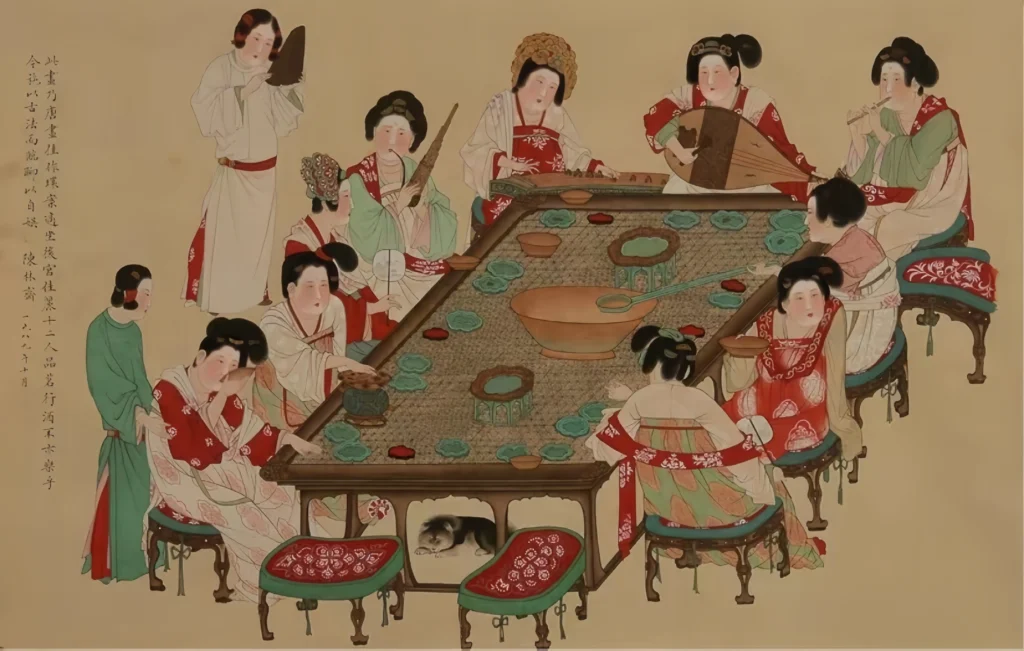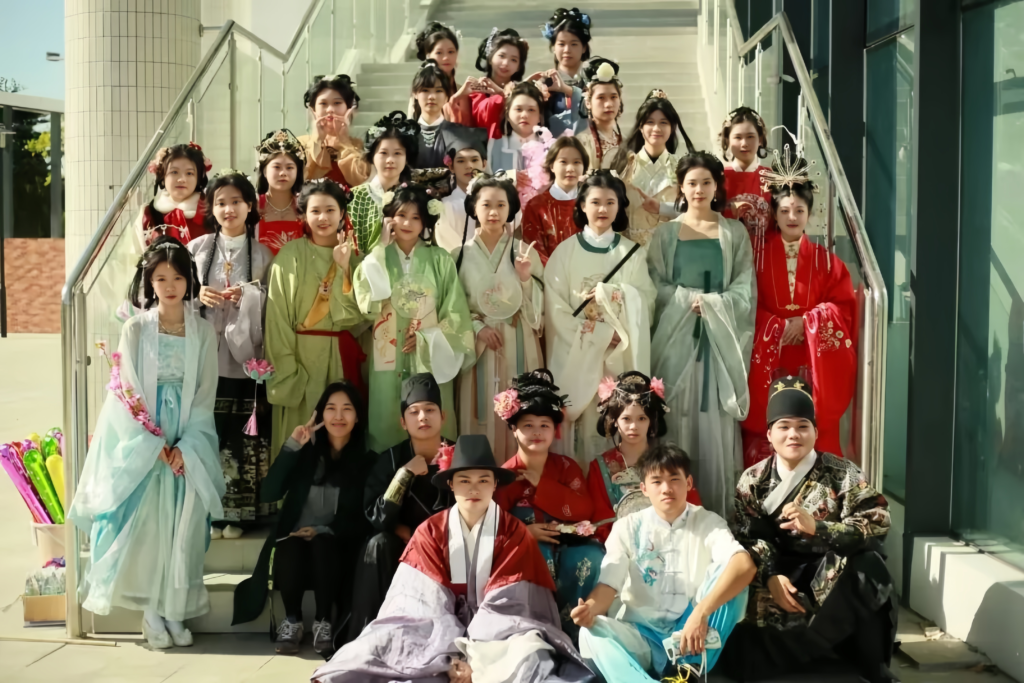A Brief History of song Dynasty Clothing
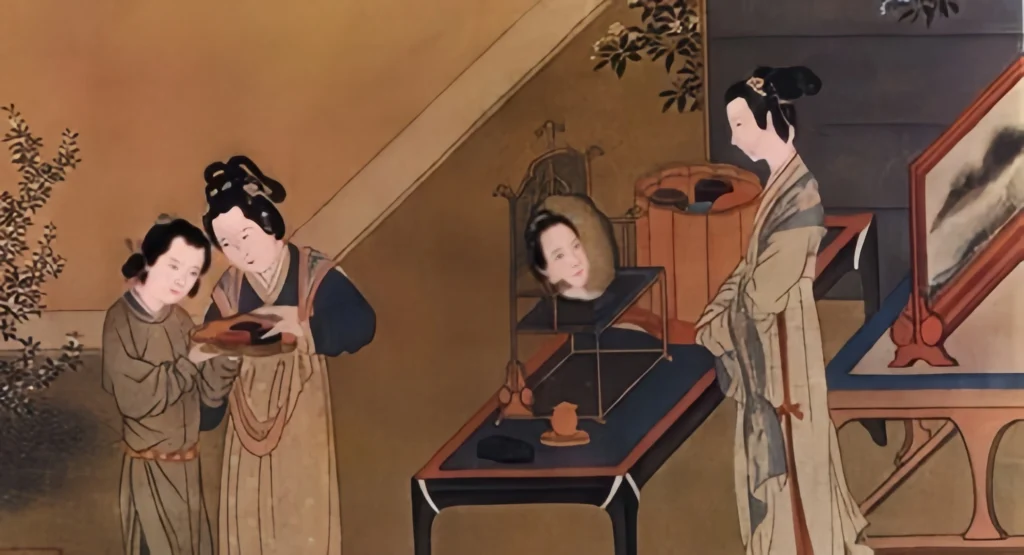
Introduction
Song Dynasty fashion refers to the clothing styles popular during the North and South Song periods, shining as a gem in the history of Chinese attire. Known for its fitted, elegant designs, Song fashion has inspired much of the modern Hanfu revival, blending seamlessly with the “Chinese cultural studies” trend. During the Song Dynasty, agriculture, shipbuilding, and textiles reached new heights, while inventions like gunpowder, the compass, and printing advanced craftsmanship, resulting in beautifully shaped and intricately made garments.
Song Dynasty Hanfu, with its refined simplicity, is a cherished chapter in Hanfu’s history. Its elegant designs reflect cultural sophistication. Want to explore further?
Fashion Development
In the first year of Emperor Taizu’s Jianlong reign (960 CE), the imperial dress code was established: the emperor’s ceremonial attire included a dragon robe, crimson gauze robe, and a tongtian crown.
Song Dynasty official attire inherited Tang Dynasty characteristics, featuring red robes and pants, paired with a white silk inner layer, a wide silk belt, and accessories like brocade sashes and jade pendants. Officials wore white silk socks with black leather shoes. Ceremonial attire was uniform, with rank distinctions shown through the presence of a ceremonial inner robe or specific sash patterns. Officials were required to wear specific crowns—jinxian, diaoshan, or xiezhi—and no other headwear was allowed. The jinxian crown had varying beams, from five for the highest ranks to two for the lowest.
According to Dreams of Splendor in the Eastern Capital, different professions had distinct “uniforms”: “Farmers, artisans, merchants, and all trades had their own clothing colors and styles, strictly adhered to. For instance, incense shop workers wore caps and back capes, while pawnshop clerks wore black shirts with cornered belts, without caps.”
Fashion Evolution
Song Dynasty clothing was divided into three types: “public attire” for empresses, consorts, and noblewomen; “ceremonial attire” for auspicious or mourning occasions among commoners; and everyday attire. The beizi became a popular garment during this period, worn by men, women, young, and old across all classes.
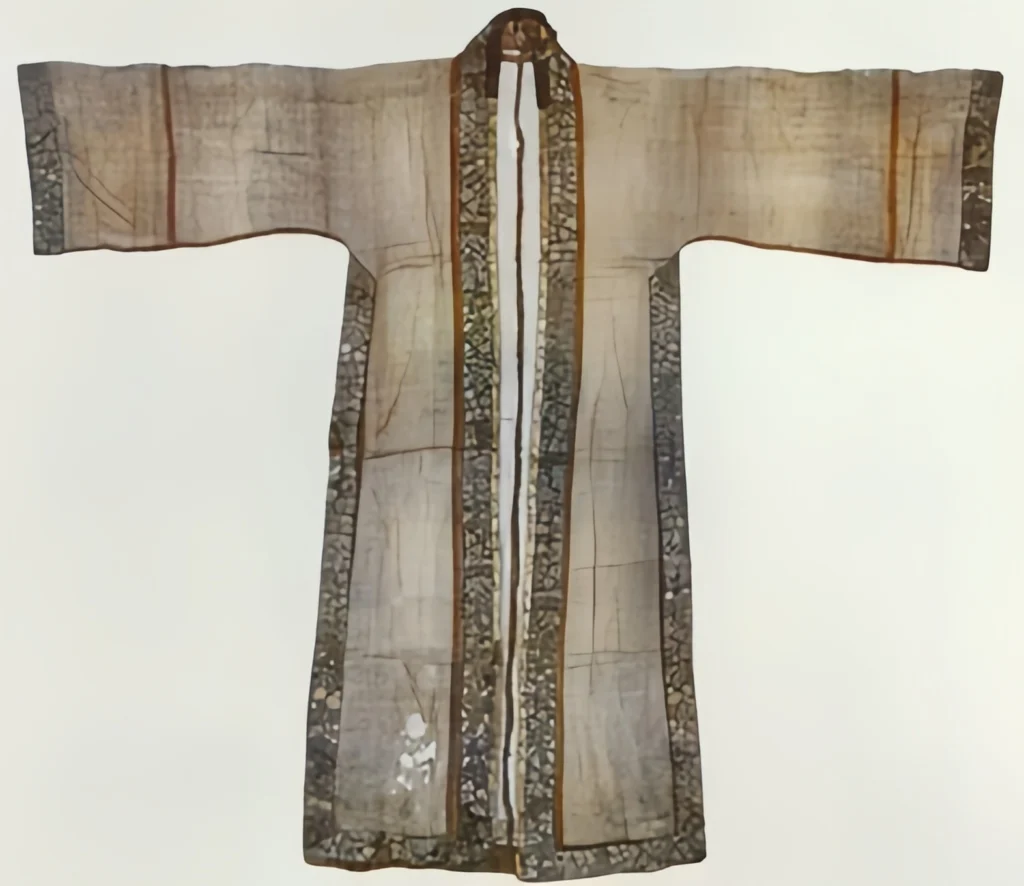
The beizi garment, a versatile and elegant piece, became a hallmark of Song Dynasty fashion. Worn by men, women, and all social classes, the beizi featured a straight collar, front buttons, and slits under the armpits, with lengths varying from waist to knee. Its adaptability made it a favorite, from empresses in ornate versions to commoners in simpler styles. The beizi’s design, often adorned with embroidered borders, resonates in today’s Hanfu revival, where enthusiasts recreate its timeless elegance. For further insights into historical Chinese attire, explore resources like The Metropolitan Museum of Art’s collection.
Men’s Fashion
The evolution of men’s Hanfu in the Song Dynasty mirrors a man’s life: simple yet seasoned with experience. From youthful innocence to navigating society’s complexities, men’s fashion matured into a refined, understated elegance.
Early in the Song Dynasty, Emperor Zhao Kuangyin emphasized frugality, shaping a minimalist and elegant men’s fashion style.

Men’s attire mainly included ceremonial robes, regular robes, and beizi, paired with accessories like headwraps (futou), tablets (hushou), fish-shaped pendants, and floral hairpins.
Women’s Fashion
Song Dynasty women’s clothing was reserved and understated, with soft, muted colors. The “covering” function of blouses and beizi was emphasized, toning down any flamboyance. Women typically wore narrow-sleeved short tops with long skirts, often layered with a long-sleeved, front-buttoned beizi resembling a modern vest. The beizi’s collar and front were adorned with beautiful embroidered borders.
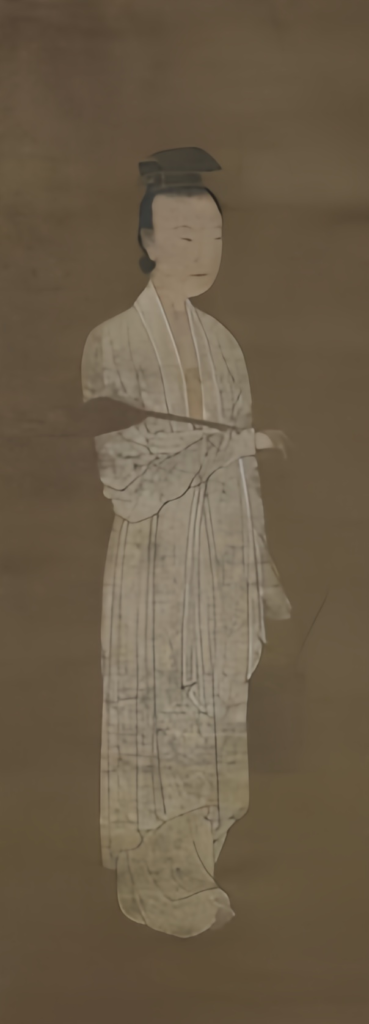
The term “Song mo” (Song tube top) didn’t exist historically but emerged with the modern Hanfu revival. The Song tube top, a type of intimate undergarment and a form of Hanfu, was widely used by empresses, common women, and entertainers alike, distinct from modern tube tops.
The Song Dynasty Hanfu fashion’s minimalist aesthetic continues to inspire modern Hanfu trends.
Conclusion
Spanning over 300 years, the Song Dynasty—especially the North Song—saw transformative developments in politics and technology.
In the history of Chinese fashion, the Tang and Song Dynasties solidified traditional clothing systems and styles. Despite conflicts with the Liao and Jin regimes, the Song Dynasty avoided the massive migrations of the Wei-Jin period, preserving much of Han culture, including clothing traditions. The Song refined and elevated these styles, laying the foundation for the unified fashion of the Ming Dynasty.


